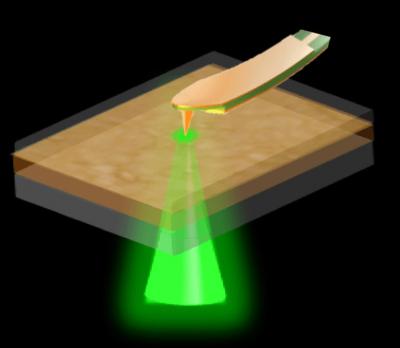Potassium to boost the performance of perovskite solar cells
An international team of researchers led by the University of Cambridge found that a simple potassium solution could boost the efficiency of perovskite-based solar cells, by enabling them to convert more sunlight into electricity. The addition of potassium iodide seems to have a 'healing' effect on the defects and immobilized ion movement, which to date have limited the efficiency of perovskite solar cells.

Tiny defects in the crystalline structure of perovskites, called traps, can cause electrons to get 'stuck' before their energy can be harnessed. The easier it is for electrons to move around in a solar cell material, the more efficient that material will be at converting photons into electricity. Another issue is that ions can move around in the solar cell when illuminated, which can cause a change in the bandgap ' the color of light the material absorbs.









